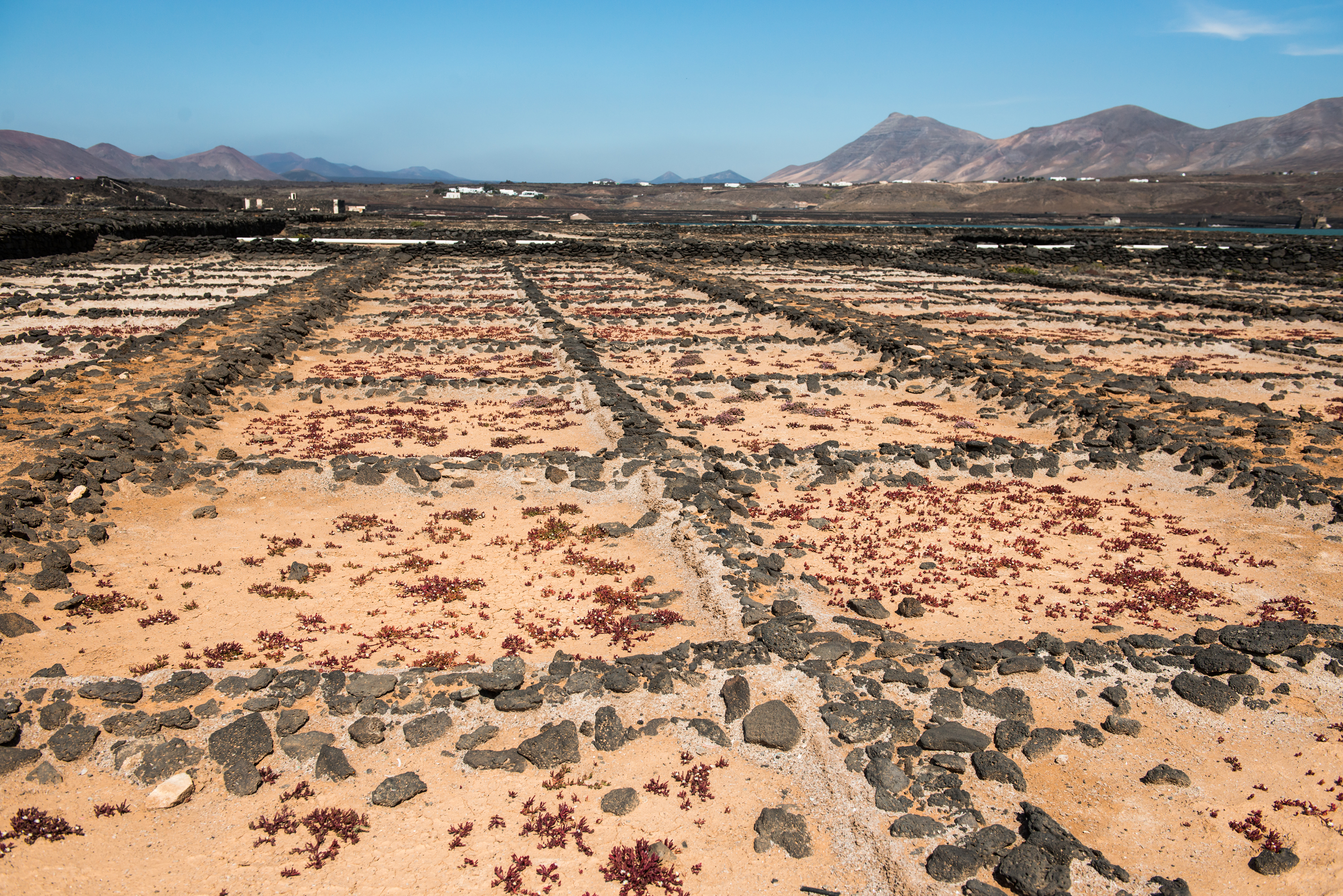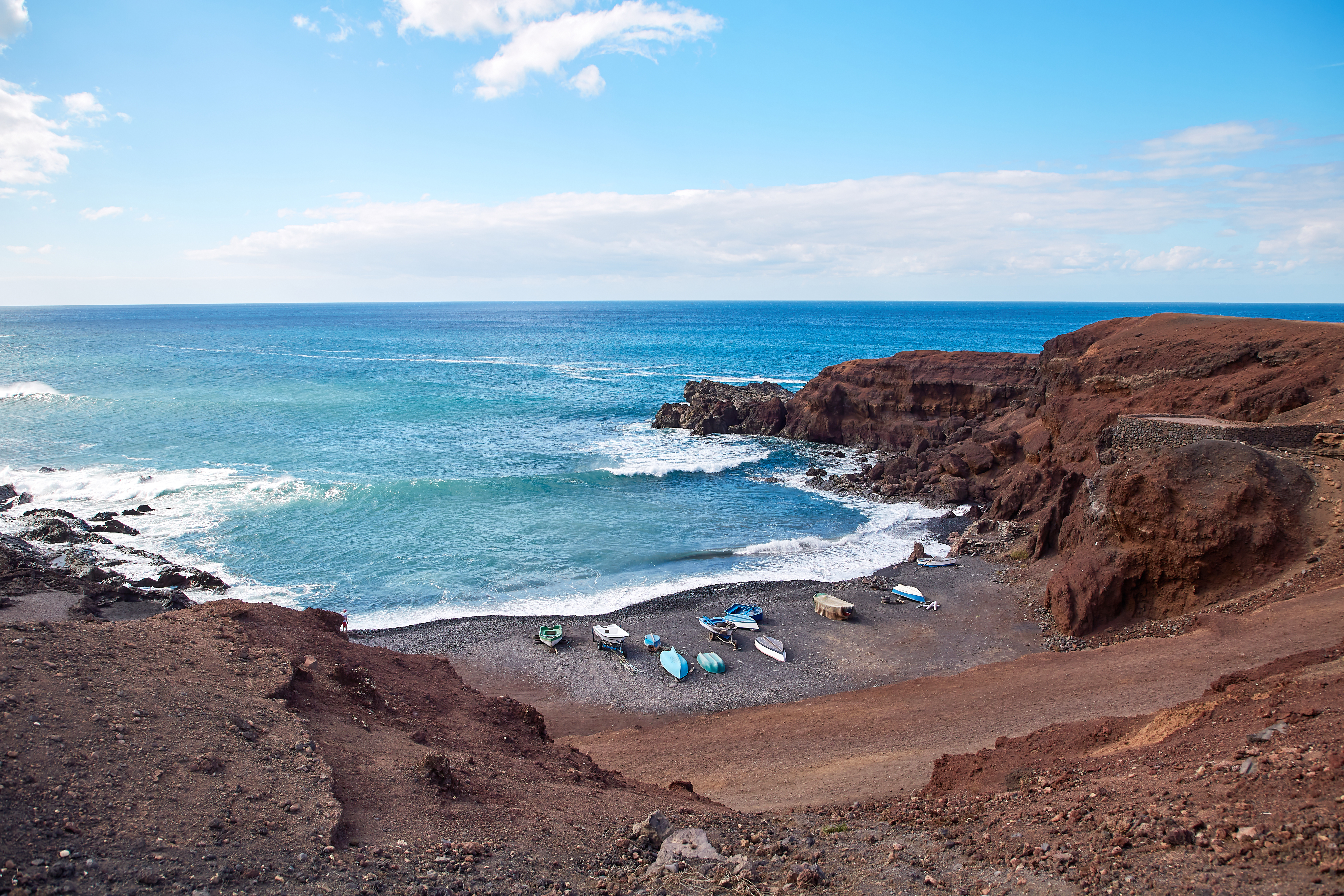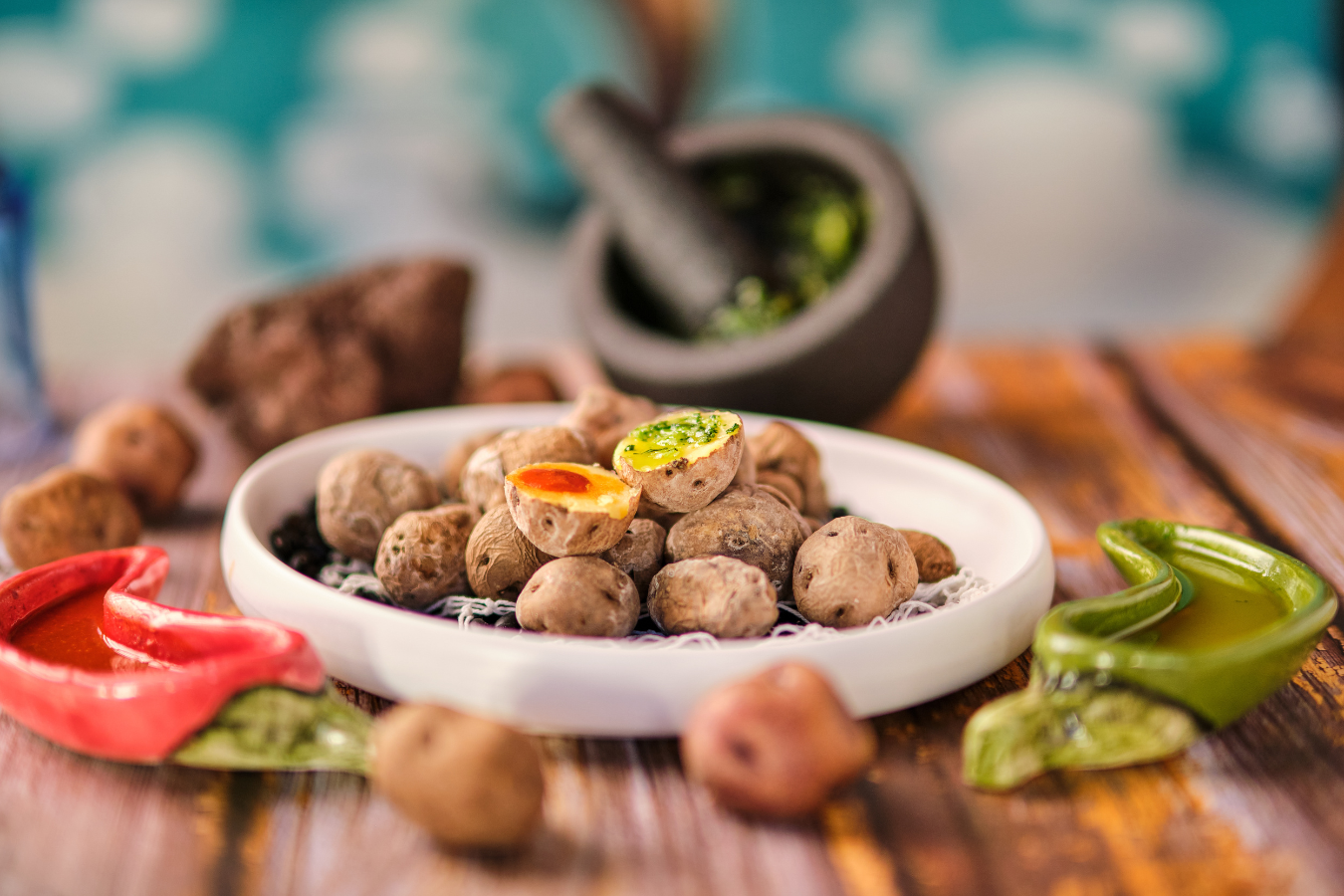That's right, Lanzarote's gastronomy is a vibrant fusion of flavours, traditions and local products that reflect the island's cultural richness and geographical diversity. With its warm climate, volcanic soils and proximity to the Atlantic Ocean, Lanzarote's cuisine is distinguished by unique dishes and culinary events that attract locals and visitors alike.
A mix of cultures
Lanzarote's culinary history is deeply rooted in the traditions of the Canary Islands and has been shaped by a combination of indigenous, African, Spanish and Latin American influences over the centuries.
Before the arrival of the Spanish conquistadors in the 15th century, the indigenous inhabitants of the Canary Islands were already cultivating a number of staple crops that would become mainstays of the Canarian diet. The cultivation of potatoes, pulses, cereals and fish formed the basis of their diet. The introduction of livestock by the Spaniards also influenced the Canarian diet, incorporating meat and dairy products into their dishes.
The African influence is reflected in foods such as gofio, a toasted flour made from cereals such as maize or wheat, which was consumed by the Guanches and remains a staple of Canary Island cuisine to this day. In addition, the influence of Latin America after the Spanish colonisation brought ingredients such as peppers, tomatoes, pumpkin and corn, which were integrated into Canarian cuisine.

Saltpetre and lava
Due to its geographical location, fishing plays a crucial role in Lanzarote's food. This tradition has been passed down from father to son, forming an integral part of the island's cultural identity. Traditional dishes, such as "Caldo de pescado" or "Vieja sancochada", reflect the historical importance of fishing in the local diet. Local fishermen catch a wide variety of fresh fish and seafood, ensuring a supply of fresh, high quality ingredients for the local cuisine.
The impact of volcanoes on the island has also left its mark on the local cuisine. Historical volcanic eruptions, especially those that occurred in the 18th century, covered large tracts of land with volcanic ash, forming the island's fertile soil. This unique soil, known as "piconera", is ideal for growing vines, tomatoes and other agricultural products, which has contributed to the diversity and quality of local ingredients.

Typical dishes
Lanzarote's gastronomy is steeped in authentic and traditional flavours that reflect the island's culinary richness. Some of the most typical and representative dishes of Lanzarote's cuisine include:
- Papas arrugadas: this dish is a classic dish of the Canary Islands and consists of small potatoes cooked in their skins in water with sea salt. When cooked, the potatoes shrivel and are served with mojo rojo (spicy) or verde (mild), traditional Canarian sauces made with garlic, pepper, olive oil, vinegar and other spices.
- Caldo de pescado: is a comforting and tasty soup made with a variety of local fish such as vieja, cherne or sama, combined with potatoes, sweet potatoes, onion, garlic, coriander and other seasonings. It is an emblematic dish that highlights the flavours of the sea.
- Sancocho canario: this is a traditional stew prepared with salted fish (usually cod), potatoes, sweet potatoes, mojo and gofio. The fish is slowly cooked with the potatoes and sweet potatoes until a tender texture is obtained and served with mojo and gofio sauces.
- Ropa vieja: This dish consists of shredded beef stewed with chickpeas, potatoes, onions, peppers and spices. It is a tasty and comforting stew that reflects the Spanish influence on Canarian cuisine.
- Baked Cherne: Cherne, a typical local fish, is baked in the oven with potatoes, onions, peppers, tomatoes and local aromatic herbs. It is a simple but delicious dish that highlights the freshness of the local ingredients.
- Gofio escaldado: Gofio is a toasted flour made from cereals such as corn or wheat. Gofio escaldado is a preparation where this flour is mixed with hot broth (usually fish stock) until a creamy texture is obtained. It is often served as an accompaniment to other dishes or as a main course.
- Rabbit in salmorejo: this recipe consists of rabbit stewed in salmorejo, a sauce prepared with garlic, paprika, cumin, vinegar, olive oil and other spices. It is cooked slowly until the meat is tender and served with wrinkled potatoes or rice.

Immerse yourself in the experience
Beyond the incredible beaches, the breathtaking volcanic landscapes and the magical villages, visiting Lanzarote for its food is a must. The rich culinary culture makes events such as the Saborea Food and Wine Festival, where chefs such as Jordi Cruz, Mario Sandoval and Begoña Rodrigo participate, a must on your trip. Accompanied by the best music, you can enjoy activities, workshops and talks by chefs from all over the world.
What's more, if you want to sample the island's traditional food and enjoy unique gastronomic moments, you can visit Girasol Casa Margucha, Restaurante Puerto Bahía or Restaurante Finca La Florida.
In Lanzarote, every dish tells a story, every mouthful is an adventure and every sip of wine is a toast to life and a passion for good food. Visit and discover the unique flavour of the island, where gastronomy is much more than a meal, it is an experience that leaves you wanting to come back again and again.









